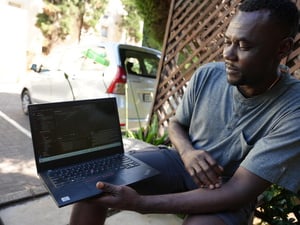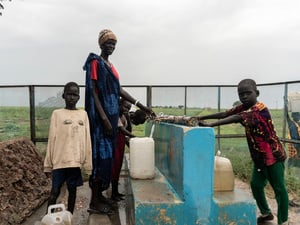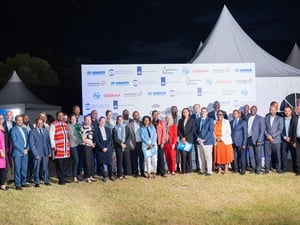Reintegration and service gap analysis in South Sudan
Reintegration and service gap analysis in South Sudan
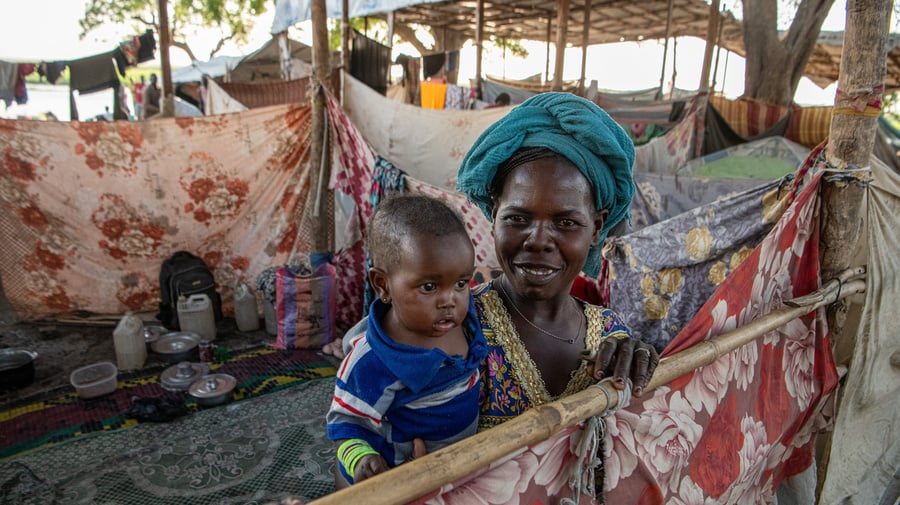
South Sudanese returnee and mother-of-six, Elisa, at the Bulukat transit site in Malakal, Upper Nile State, South Sudan.
South Sudan is facing a complex displacement situation, with a diverse population of refugees, IDPs, returnees with 2.3 million refugees and asylum-seekers in neighbouring countries and a further 1.8 million South Sudanese internally displaced within their own country by conflict or natural disasters as of 2024.
In this context, precise data collection, local insights, and forward-looking strategies are essential for addressing immediate humanitarian needs and creating a foundation for sustainable reintegration and development.
UNHCR partnered with Samuel Hall to conduct community-based assessments to gauge the state of reintegration and service provision across South Sudan, evaluate existing gaps in services and how these might evolve if more returnees arrive.
The four community-based assessments to monitor reintegration and inform area-based planning in South Sudan have been conducted with the financial support of the European Union (DG INTPA).
Text and media 19
Research Questions
What is the current state of service provision in areas of significant returnee influx?
How well are displaced populations, including returnees, integrating into their communities?
What are the future challenges and opportunities for sustaining integration and service delivery in these regions?
Text and media 19 - Copy
Method
Our approach takes a dual perspective: assessing the current state of integration and service provision, while also evaluating how these might evolve in the future as more people move in. The toolkit consists of several components:
Infrastructure Assessment Checklists
Household Survey
Qualitative Tools
Methodological notes for integration scoring and services absorption capacity evaluation
Locations
Locations
The toolkit was piloted in four regions of South Sudan:
Northern Bahr el Ghazal (Aweil and surroundings)
Eastern Equatoria (Magwi and Torit)
Central Equatoria (Yei and Morobo),
Western Bahr el Ghazal (Raja)
Main Outputs
The methodological note presents the indicators and instruments used to measure and assess service absorption capacity in the pilot locations.
- Household survey, anonymized
- Qualitative data, anonymized
- Infrastructure data, anonymized
- Absorption capacity dashboard



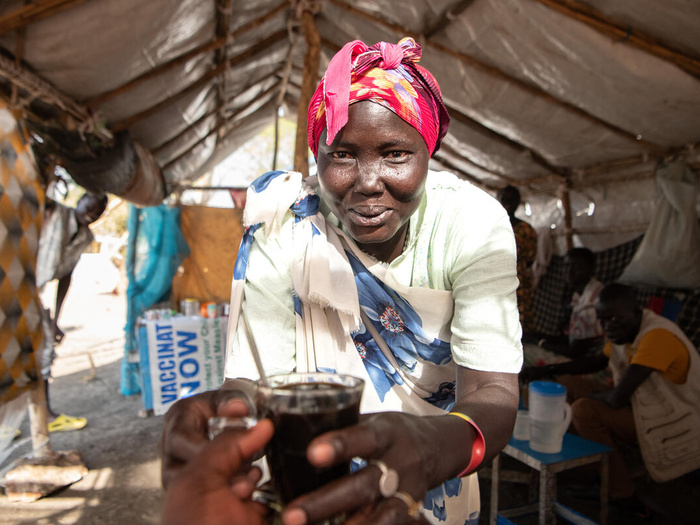
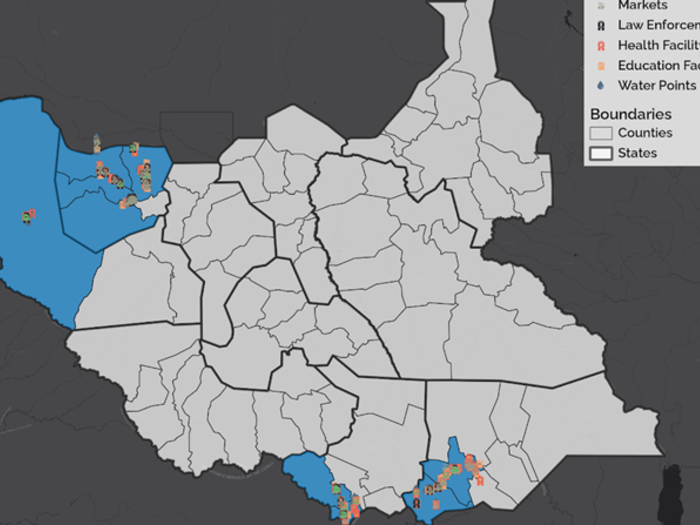
![To improve access to sustainable energy and increase agricultural production for both refugees and their host communities, UNHCR is working with the Zambian authorities to connect all three refugee settlements in the country to the national grid. UNHCR has also supported the construction of value-addition centres in the settlements, which provide refugee farmers with various services such as storage, processing, packaging, and refrigeration to improve productivity and increase access to local markets, including the mining industry.“We are currently getting fruits and vegetables from refugee [farmers],” said Priscilla, community relations officer at Golden Camp Solutions, a private catering company that serves employees of Lumwana copper mine. “We are looking at a ton of cabbage a week and about 500 kilograms of tomatoes. There is no difference between a refugee supplier and a regular supplier.” Zambia. Zambian farm communities reap the benefit of giving opportunities to refugees](/africa/sites/afr/files/styles/d03_traditional/public/RF1442455.jpg?h=10d202d3&itok=8wPBFW9q)
